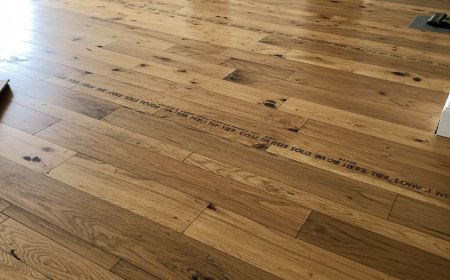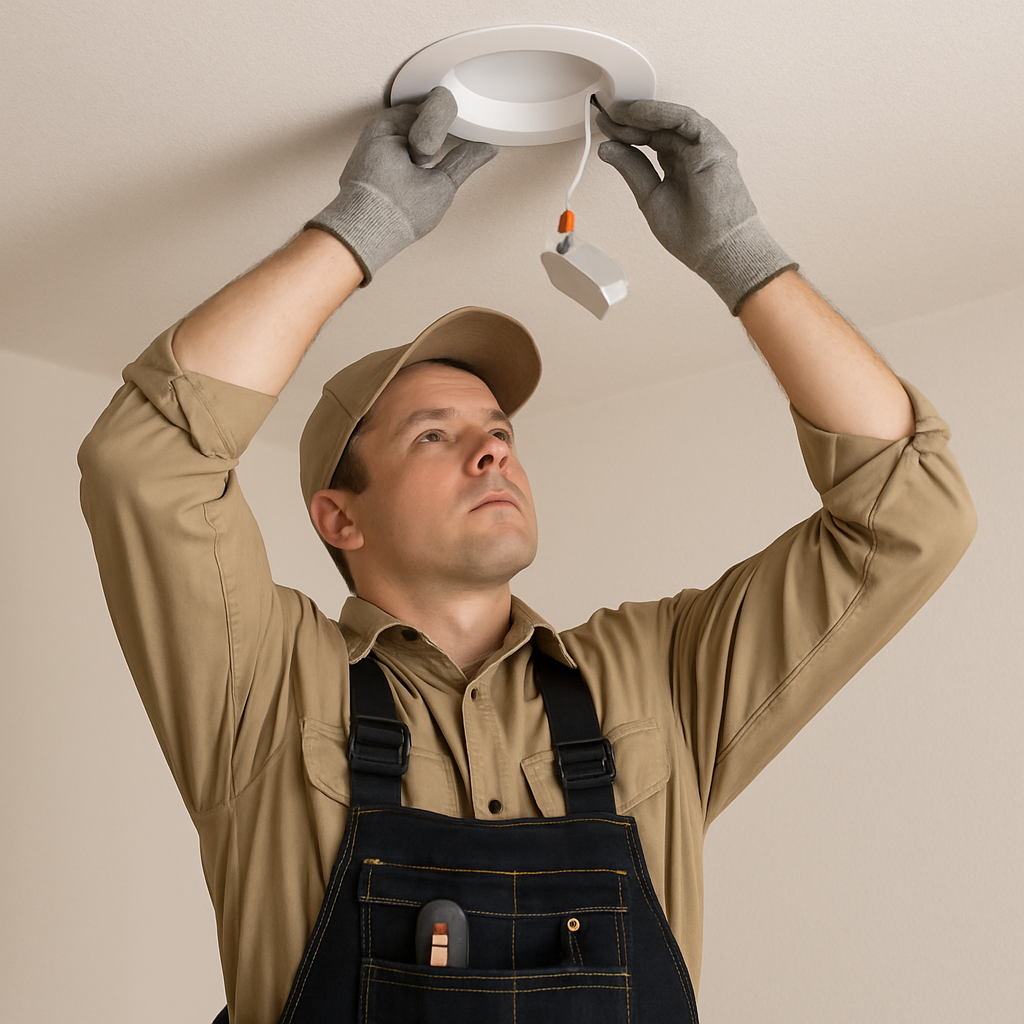How to Start Your Own Dubia Roach Colony at Home
Only purchase captive-bred Dubia Roaches from reputable feeder insect suppliers or breeders. This ensures they are disease-free and not exposed to pesticides.

Tired of frequent trips to the pet store and rising costs for feeder insects? Establishing your own Dubia Roach colony is a smart, sustainable solution for reptile, amphibian, and arachnid owners. These roaches are nutritional powerhouses, easy to care for, odorless when maintained properly, and cannot climb smooth surfaces or fly, making them ideal for home breeding. Heres your straightforward guide to getting started:
Sourcing Your Starter Colony
Don't Catch Wild Roaches
Only purchase captive-bred Dubia Roaches from reputable feeder insect suppliers or breeders. This ensures they are disease-free and not exposed to pesticides.
Choose the Right Ratio
For a productive colony, start with a ratio of approximately 1 adult male to 3-5 adult females. Look for mature adults (males have full wings, females have wing stubs).
Size Matters
A good starter size is 20-50 mixed nymphs and adults to jumpstart breeding. Larger starters establish faster but cost more initially.
Quarantine (Optional but Recommended)
Keep new arrivals separate for 1-2 weeks to observe for any health issues before introducing them to your main colony bin.
Setting Up the Perfect Habitat
The Bin
Use a smooth-sided plastic storage bin (e.g., Sterilite or Rubbermaid). A 10-20 gallon size is ideal for a starter colony. Crucially, they cannot climb smooth plastic.
Ventilation
Cut large rectangles in the lid and hot-glue fine metal mesh (like aluminum window screen) over the openings. Good airflow prevents mold and stagnation but keeps humidity in.
Substrate
Avoid loose substrates like soil or coconut fiber. They complicate cleaning and can be ingested. A bare bottom is easiest, or use egg crate flats placed directly on the bin floor.
Hiding Places
Dubia Roaches thrive in dark, cramped spaces. Use stacks of cardboard egg crates (the most common and effective option) or paper towel/toilet paper rolls. Fill the bin vertically with these to maximize surface area.
Creating the Ideal Environment
Temperature
This is KEY for breeding. Dubia Roaches need consistent warmth:
Optimal Breeding Range
85-95F (29-35C). Below 80F (27C), breeding slows significantly or stops. Above 95F (35C) can be stressful.
Heating
Use an under-tank heater (UTH) placed on the side of the bin (never underneath, as it can melt plastic and overheat roaches at the bottom). Alternatively, place the bin in a warm room or use a ceramic heat emitter (CHE) above a screened section of the lid. Always use a thermostat to regulate temperature!
Humidity
Moderate humidity (40-60%) is sufficient. They get most moisture from their food. Mist one corner lightly with water 1-2 times per week if the bin seems very dry, but avoid making it soggy. Provide water crystals (gel) in a shallow dish never use open water, as nymphs can drown.
Feeding Your Colony
Diet
Provide a balanced diet for optimal growth and nutrition for your pets:
Dry Staples
High-quality grain-based feed (commercial roach chow, chick starter, or organic oats) should always be available in a shallow dish.
Fresh Produce
Offer vegetables and fruits daily. Excellent choices include carrots, sweet potato, squash, apples, oranges, leafy greens (romaine, collards), and occasional berries. Remove uneaten fresh food within 24-48 hours to prevent mold.
Protein Boost (Occasionally)
Offer small amounts of protein sources like dry dog/cat food, fish flakes, or nutritional yeast once or twice a week, especially for breeders and growing nymphs.
Gut-Loading
Whatever you feed your roaches 24-48 hours before feeding them to your pet directly impacts your pet's nutrition. Focus on highly nutritious fresh veggies during this gut-loading period.
Maintenance & Harvesting
Cleaning
Spot clean frass (droppings) and old food weekly. Every 1-2 months, do a deeper clean: gently transfer roaches and egg crates to a temporary bin, discard the bottom layer of frass and debris, wipe the bin with a vinegar/water solution, dry thoroughly, and return the roaches and clean egg crates.
Harvesting
Start feeding off larger nymphs once your colony is established (usually 3-6 months). Avoid harvesting breeding adults excessively. Use tongs or gently shake nymphs off egg crates into a separate container.
Colony Health
A healthy colony should be active, especially at night. Watch for signs of mites (tiny moving specks on roaches/bin - usually harmless but indicate excess moisture), significant die-off (often due to incorrect temp/humidity or spoiled food), or mold (reduce fresh food and increase ventilation).
Patience Pays Off
Starting a Dubia Roach colony is an investment in time and a small initial setup cost. Breeding takes time don't expect to harvest significant numbers for the first few months. However, once established, your colony will provide a constant, cost-effective, and nutritious food source for your pets, giving you peace of mind and healthier animals. Enjoy the process of becoming more self-sufficient in your pet care journey!




































